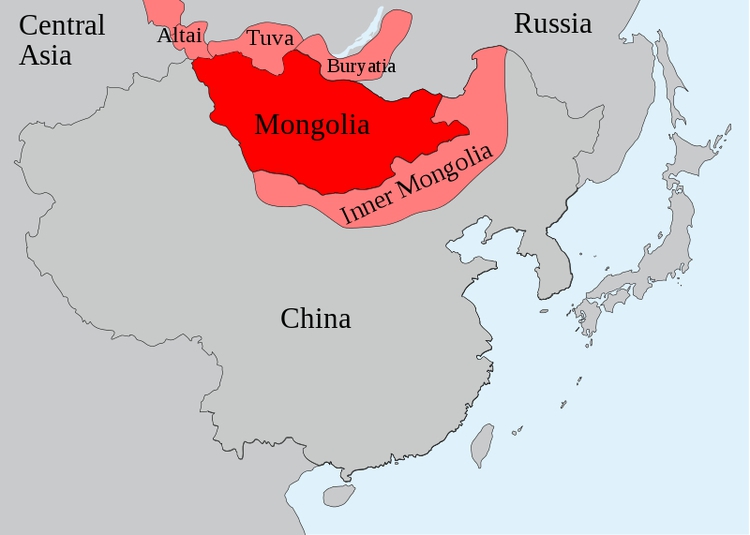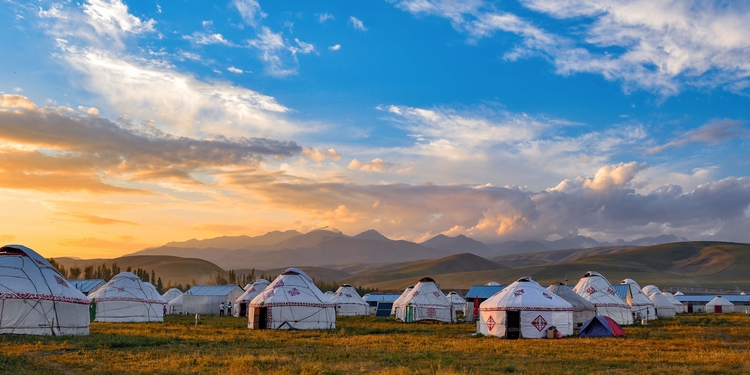Posted by Selena Travel / 04 19, 2024
Outer Mongolia (Mongolia) and Inner Mongolia are two distinct regions, each with their own unique culture, history, and attractions. If you're planning a trip to this part of the world, it's important to understand the differences between these two regions to ensure that you have the best possible travel experience.

1. Outer Mongolia:
2. Inner Mongolia:
Key Differences:
It's important to note that the terms "Outer" and "Inner" Mongolia historically referred to the geographical locations relative to China, with "Outer" being farther from the Chinese heartland and "Inner" being closer. Today, these terms are primarily used to distinguish between the independent country of Mongolia and the Inner Mongolian Autonomous Region within China.
Mongolia, or more properly the Republic of Mongolia, is a landlocked country located in central Asia, bordered by Russia to the north and China to the south, east, and west. With vast landscapes, nomadic culture, and a rich history, Mongolia is a destination that has something for everyone. The population of the country is roughly 3.4 million while the territory is approximately 1.56 million square kilometers (603,000 square miles), making it the 18th largest country in the world by land area.
Mongolia is also home to a rich nomadic culture, with many locals living in traditional gers (yurts) and practicing ancient customs such as eagle hunting and horse racing. Visitors can learn about these customs and traditions by staying with local families or on a guided cultural tour.
One of the main attractions of Mongolia is its natural beauty. From the Gobi Desert to the Altai Mountains, the country is home to a diverse range of landscapes, including vast grasslands, rugged mountains, and deep canyons. Visitors can explore these landscapes on horseback, by hiking, or on a guided tour.
Inner Mongolia is an autonomous region in northern China, bordering Mongolia to the north and west. Although it shares some cultural similarities with Mongolia, Inner Mongolia has its own unique history and attractions.
One of the main attractions of Inner Mongolia is its cultural diversity. The region is home to many ethnic groups, including Mongolians, Han Chinese, and Manchus, each with their own unique customs and traditions. Visitors can learn about these different cultures by attending traditional festivals or by visiting local museums. Inner Mongolia is also home to some stunning natural landscapes, including the part of the Gobi Desert and the Hulunbuir Grasslands. Visitors can explore these landscapes on a guide tour or by renting a car and driving themselves.
Lastly, Inner Mongolia has a population of around 25 million people with a territory of 1.18 million square kilometers (457,000 square miles), which is roughly equivalent to the size of South Africa or three times the size of Japan.

While both Mongolia and Inner Mongolia offer unique cultural experiences and natural beauty, there are some key differences between the two regions. Mongolia is a separate country with its own distinct culture and history, whereas Inner Mongolia is an autonomous region of China. Mongolia also offers more opportunities for adventure tourism, such as trekking and horseback riding, while Inner Mongolia is more focused on cultural tourism.
If you're looking for a truly authentic travel experience with plenty of opportunities for adventure and cultural immersion, Mongolia is the perfect destination for you. With its vast landscapes, rich nomadic culture, and friendly locals, Mongolia offers endless possibilities for travelers who want to explore off the beaten path.
In conclusion, whether you choose to visit Mongolia or Inner Mongolia, you're sure to have a memorable travel experience. By understanding the differences between these two regions, you can choose the one that best suits your travel style and interests. So why wait? Start planning your trip to Mongolia today and discover all that this fascinating destination has to offer!